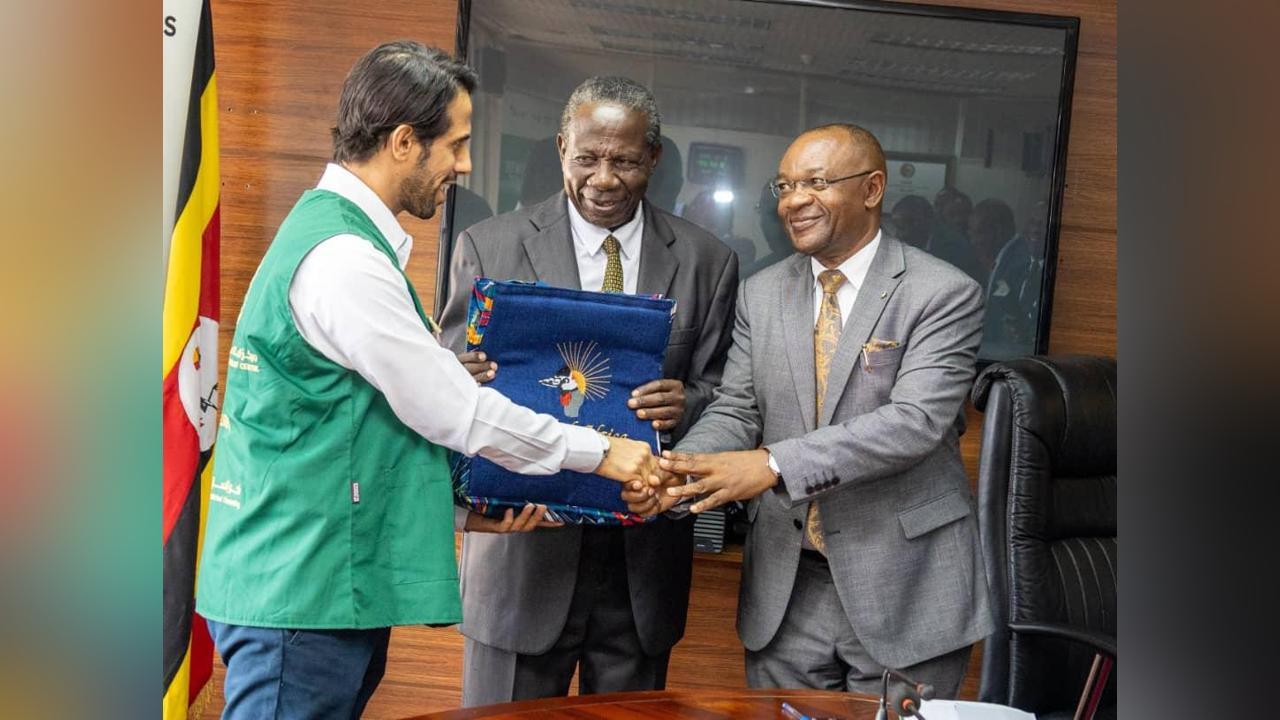Africa-Press – Uganda. The government, with support from international financiers, is pressing ahead with a $50.4 million (about Shs182 billion) initiative aimed at transforming rural economies through water access, market infrastructure, and affordable microfinance.
Known as the Local Economic Growth Support (LEGS) Project, the programme is being implemented by the Ministry of Local Government with backing from the Islamic Development Bank (IsDB) and the Lives and Livelihoods Fund (LLF), and is slated to run through 2025.
The project targets 2.3 million Ugandans in 17 districts, with a special emphasis on women—who make up over half the expected beneficiaries.
The core objective is to improve agricultural productivity and household income through a blend of infrastructure development and financial empowerment tailored to some of Uganda’s most underserved regions.
With IsDB contributing $33 million, LLF adding $10 million, the government injecting $4.8 million, and local communities providing $2.6 million in cash or kind, the project represents a rare convergence of international financing and grassroots participation.
According to the Ministry of Local Government, LEGS responds to key vulnerabilities in rural Uganda: water stress, poverty, poor infrastructure, and limited access to financial services.
The programme is being implemented in partnership with the Microfinance Support Centre Ltd (MSC), Millennium Promise Alliance (MPA), and respective District Local Governments. Oversight and technical support are also being provided by key ministries responsible for water, agriculture, and trade.
The project is structured around two major components.
Under Component A, the Ministry of Local Government is overseeing interventions focused on water for agricultural production and environmental conservation in ten districts, including Alebtong, Bunyangabu, Kabarole, and Gomba.
These districts were selected based on criteria such as water scarcity, poverty levels, and potential for economic transformation.
Component B, led by MSC, covers value chain development in all ten of the Component A districts plus seven additional ones: Adjumani, Buyende, Tororo, Buikwe, Nwoya, Luwero, and Rukungiri.
This segment of the project seeks to boost agricultural value addition and enhance access to rural financing mechanisms.
Key investments include the construction and rehabilitation of water infrastructure for both consumption and production, the development of rural access roads, and the installation of postharvest and market facilities.
The project also supports livestock and fisheries, natural resource management, renewable energy adoption, and the establishment of cooperatives.
The anticipated outcomes are ambitious: a 25% improvement in access to safe water, a 30% increase in the number of farmers using improved seeds, a 10% increase in crop yield through better inputs and irrigation, and a 20% rise in the adoption of renewable energy and energy-saving technologies.
The project aligns with Uganda’s National Policy on Local Economic Development (2014) and contributes to Sustainable Development Goals 1, 2, 6, and 7—ending poverty and hunger, ensuring access to water, and promoting sustainable energy.
By integrating infrastructure, finance, and technical support, LEGS aims not just to alleviate poverty but to permanently shift the economic potential of entire districts.
With implementation now fully underway, it remains one of the most comprehensive rural development efforts Uganda has undertaken in recent years.
For More News And Analysis About Uganda Follow Africa-Press






